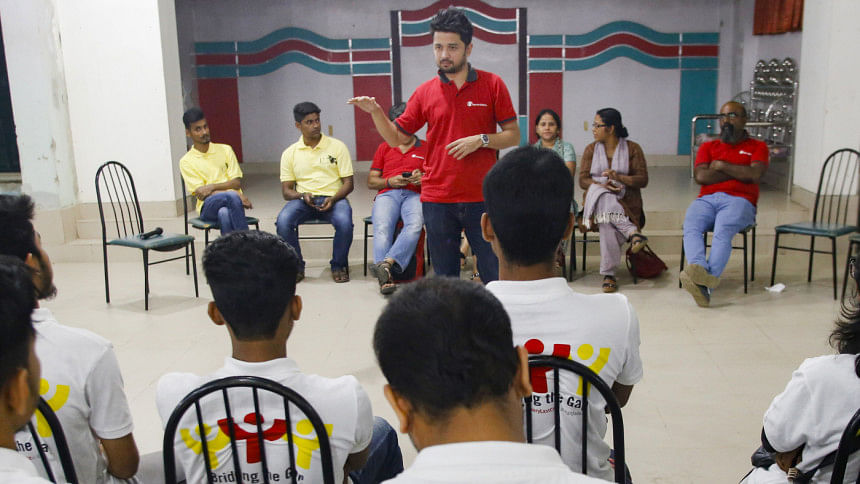One side of the story

I
Lady Fatima Al-Fihri of Fez, in today's Morocco, established the world's first university, Al-Karaouine, in 859 AD. It was the first time an education centre issued certificates, testifying that a candidate had completed a certain set of courses and was competent to enter the next phase of life.
Al-Azhar in Egypt; University of Bologna in Italy; and Universities of Oxford and Cambridge in Britain slowly emerged on the same principle as Al-Karaouine. Today, all universities are certificate-awarding centres.
Places of learning before Al-Karaouine did not focus on issuing certificates, but they did have common characteristics. In Ancient Mesopotamia, Egypt, China, India and the Americas (Aztec, Inca and Maya), the learning centres catered to a priestly class or the royal elite. Humanities, astrology, and science (medicine, mathematics, and geometry) were in the hands of a priestly class. There was no formal age of entrance, nor a formal time duration in staying at these centres. The main focus was to extend knowledge. Ancient learning centres also catered to those who would join the bureaucracy, and in some cases, those who would join the army.
What about those who would become architects, musicians, and artisans? Young people who wanted to learn a skill for livelihood had to either be an apprentice, or learn from their forefathers. A person's profession in ancient societies was highly influenced by the family they were born into because there were no formal job markets as we see today.
Later in the Middle Ages, guilds emerged in Europe. These were institutions that taught certain trades in the form of apprenticeship. The emergence of guilds coincided with the decline of the Ottoman Empire, and then the Renaissance, when Europe would become the centre of civilisation.
II
As universities emerged as certificate awarding institutes, they also developed a grading system. Better students were separated from the rest. These students were then absorbed in job markets or the bureaucracy. This process speeded up after the Industrial Revolution. Workplaces needed skilled workers. The grades that universities certified acted as credible signals to reflect the skills of students.
What happened to the guilds? They were unable to keep up with the changing demands of the society. New disciplines emerged in the universities of Europe and later on elsewhere that had practical relevance in job markets. Universities slowly started to open architecture, engineering, medicine, agricultural, veterinary science and other related subjects. Students who would study these subjects would be learning more vocational skills than learning for the extension of knowledge.
III
As time went on, grades slowly started to lose their importance in sending good signals of skills. This has become evident in recent times.
Are skills more important, or grades? The answer, as we try to find in the next Echoes, is shrouded in "the other side of this story."
Asrar Chowdhury teaches Economics in classrooms. Outside, he watches Test cricket, plays the flute and listens to music and radio podcasts. Email: [email protected] or [email protected]

 For all latest news, follow The Daily Star's Google News channel.
For all latest news, follow The Daily Star's Google News channel. 



Comments